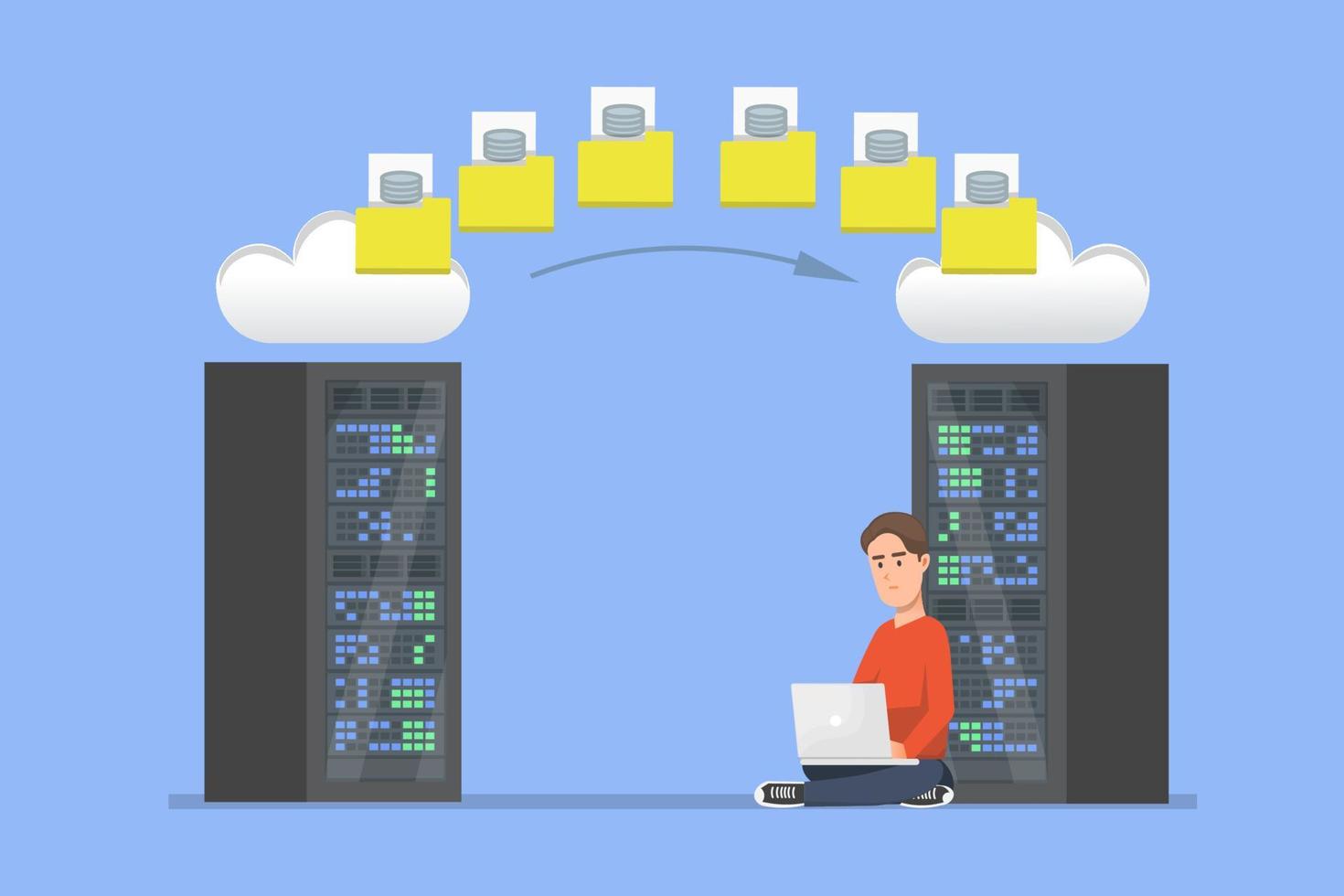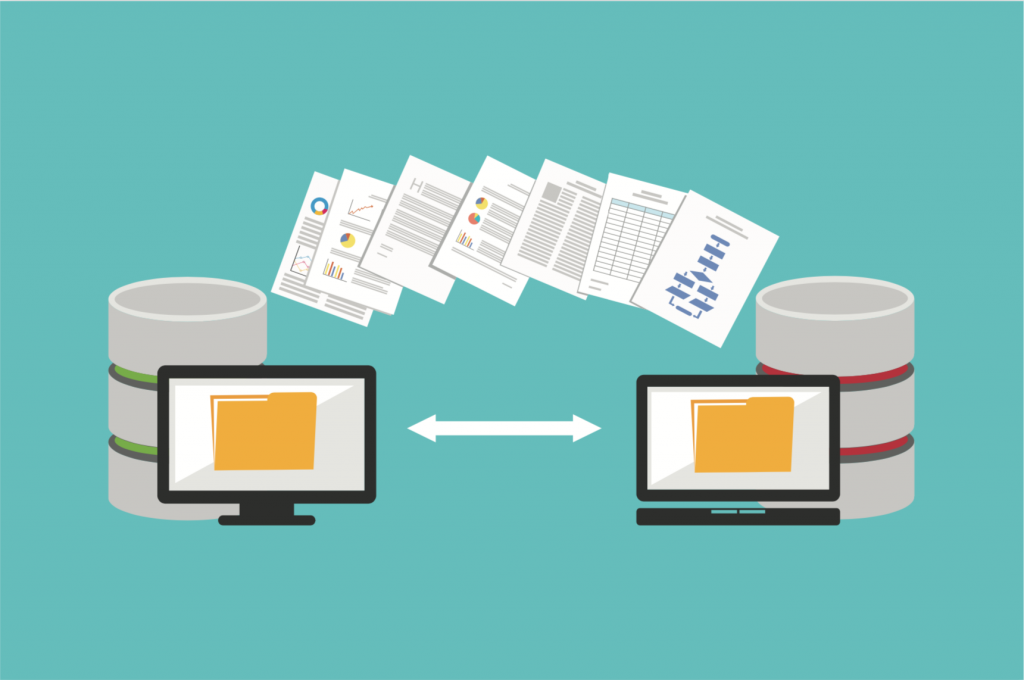Server Migration: Everything You Need to Know
Server migration is crucial for businesses and IT professionals looking to upgrade their systems, move to a more reliable host, or transition to the cloud. A well-executed migration ensures minimal downtime, data security, and improved performance. This guide will walk you through everything you need to know about server migration, from planning to execution.
What is Server Migration?
Server migration is the process of moving data, applications, and configurations from one server to another. This could involve:
- Moving to a new physical server
- Transitioning to a virtualized environment
- Migrating to a cloud-based solution

Why is Server Migration Important?
Migrating to a new server can improve performance, security, and scalability. Common reasons for migration include:
- Outdated hardware: Older servers can slow down operations and become a security risk.
- Cost efficiency: Cloud-based solutions often reduce maintenance costs.
- Improved security: Newer servers come with updated security features.
- Scalability: Businesses experiencing growth need more resources to handle increased demand.
Types of Server Migration
- Physical to Physical (P2P): Moving data from one physical server to another.
- Physical to Virtual (P2V): Transitioning from a physical server to a virtual environment.
- Virtual to Virtual (V2V): Migrating between virtual servers.
- On-premises to Cloud: Moving from a local server to a cloud-based infrastructure.
Steps to a Successful Server Migration
1. Planning and Assessment
- Identify reasons for migration.
- Assess server requirements.
- Choose the right migration strategy.
2. Backup Your Data
- Create a full backup of all data, applications, and configurations.
- Verify backup integrity.
3. Choose the Right Server
- Evaluate hardware and software requirements.
- Select a suitable hosting provider (on-premises or cloud).
4. Test the New Environment
- Deploy a test environment.
- Ensure compatibility of applications and data.
5. Migrate Data and Applications
- Use migration tools for data transfer.
- Maintain security protocols to prevent data loss.
6. Testing and Validation
- Perform rigorous testing to ensure functionality.
- Check for missing or corrupted data.
7. Go Live and Monitor
- Switch operations to the new server.
- Monitor performance and address any issues promptly.

Common Challenges and Solutions
- Downtime: Schedule migrations during off-peak hours.
- Data Loss: Maintain multiple backups.
- Compatibility Issues: Test before migration.
- Security Risks: Implement strong encryption and security measures.
Best Practices for Seamless Server Migration
- Conduct a detailed risk assessment.
- Choose reliable migration tools.
- Keep stakeholders informed throughout the process.
- Document the migration process for future reference.
- Continuously monitor server performance post-migration.
Conclusion
When done correctly, server migration can enhance efficiency, security, and scalability. By following a structured approach and leveraging the right tools, businesses can ensure a smooth transition with minimal disruptions. Planning, testing, and monitoring are key to a successful migration.